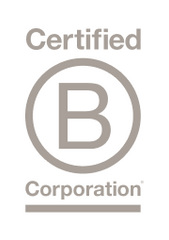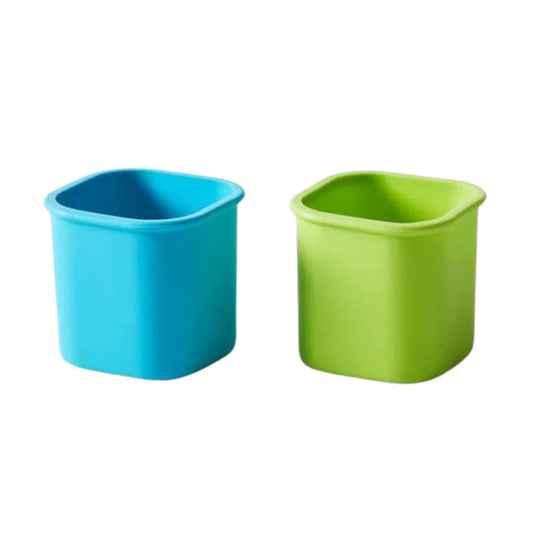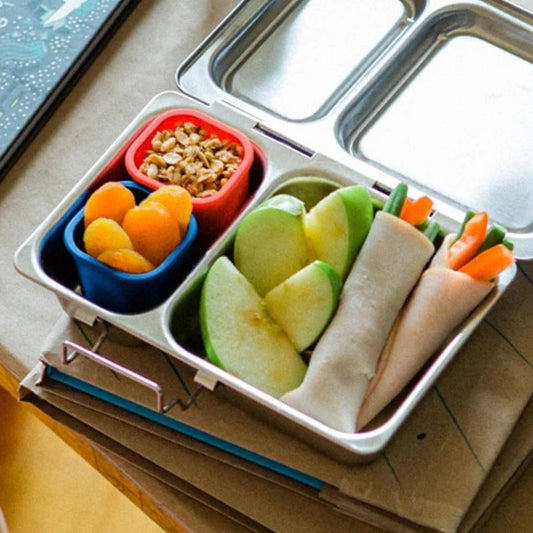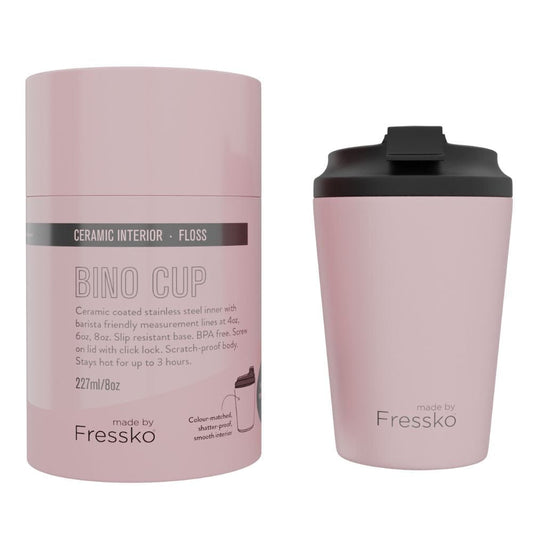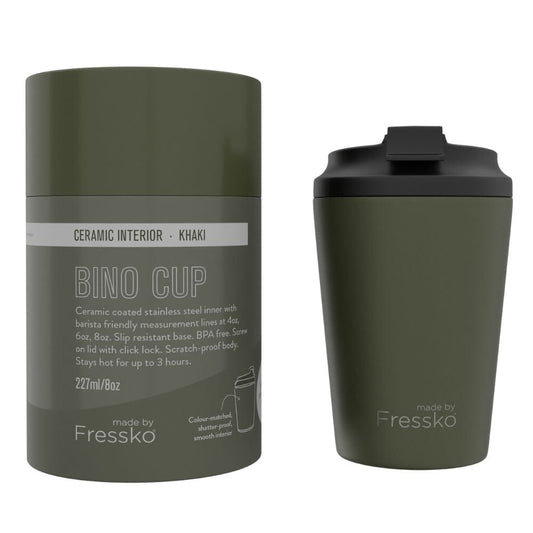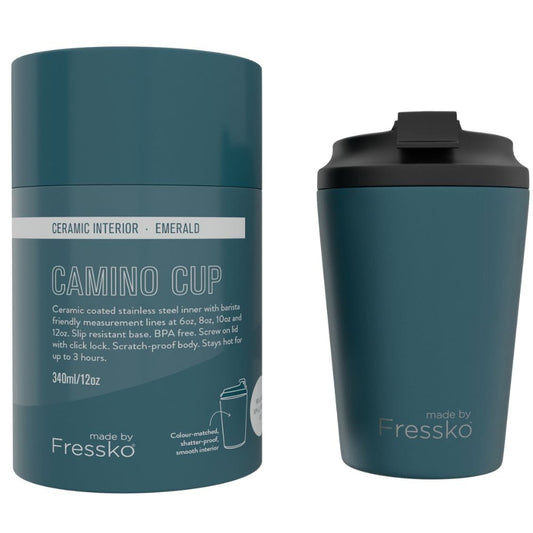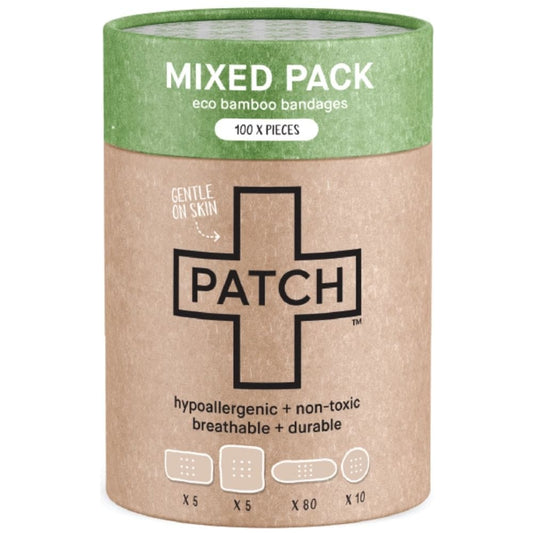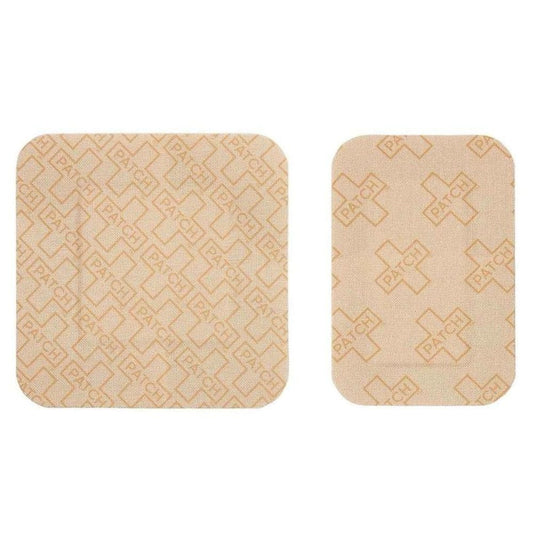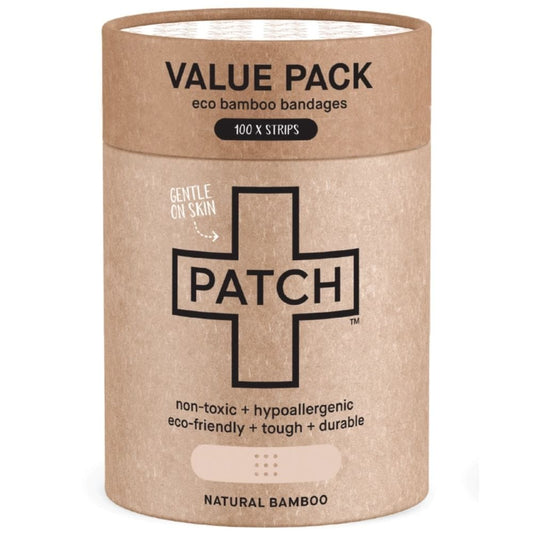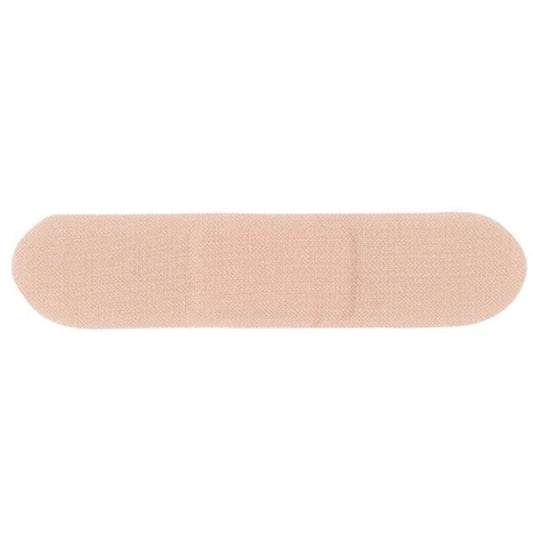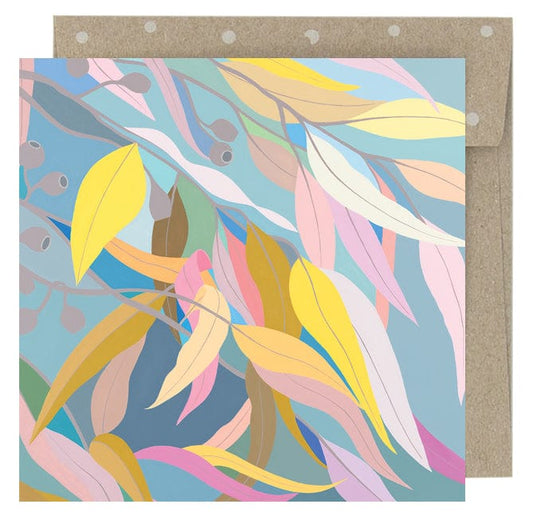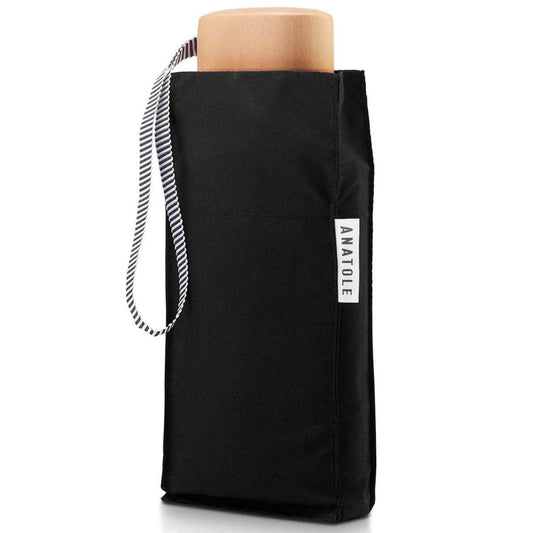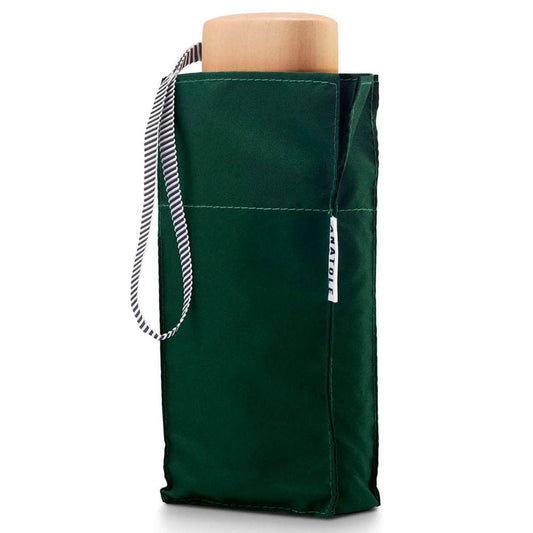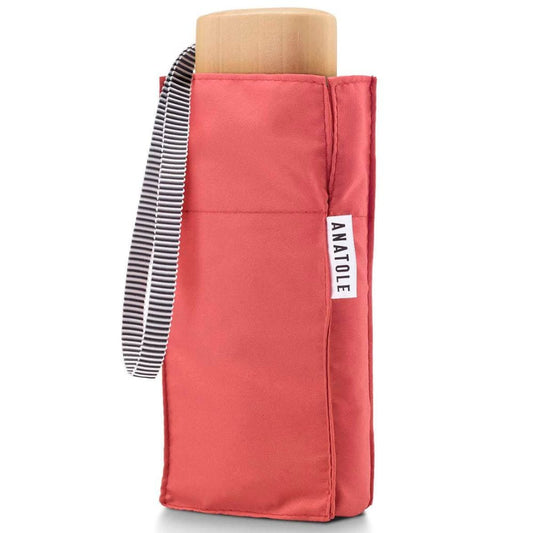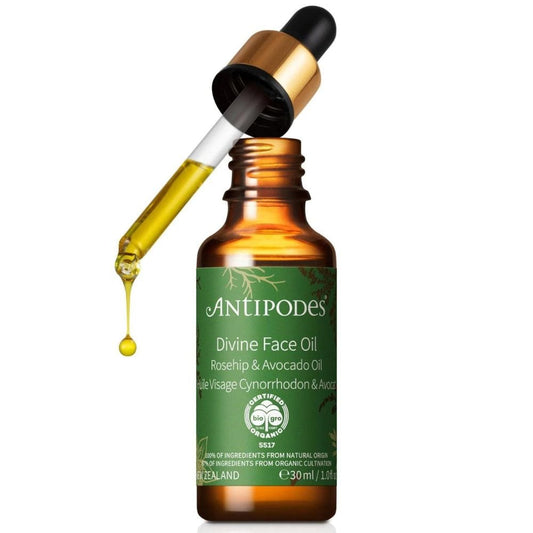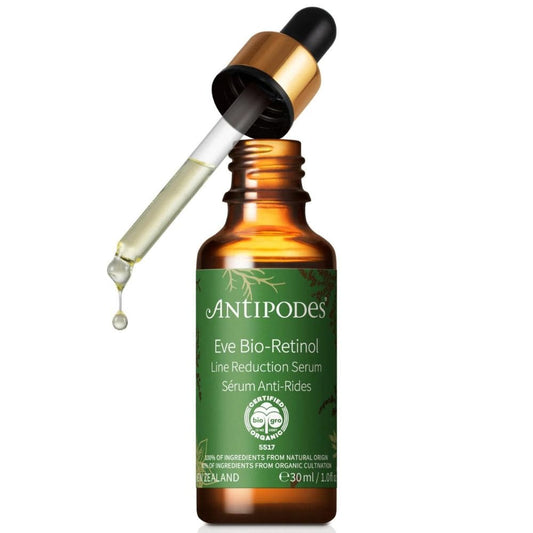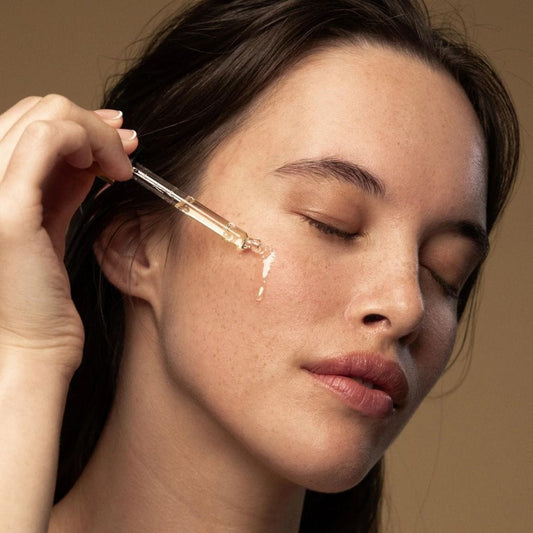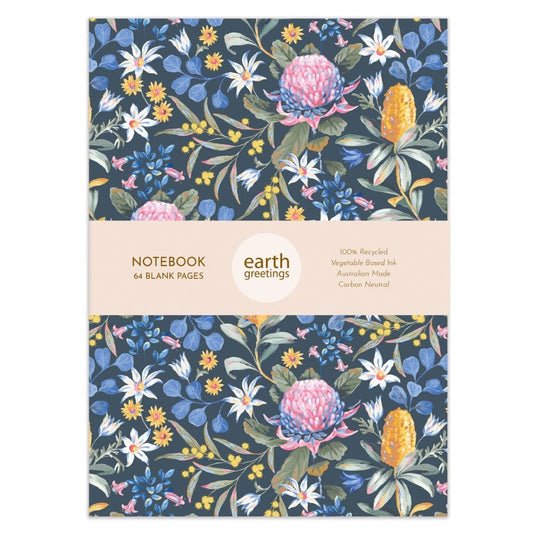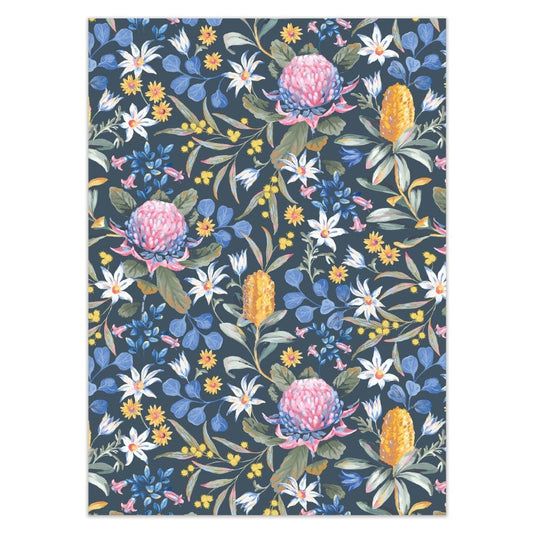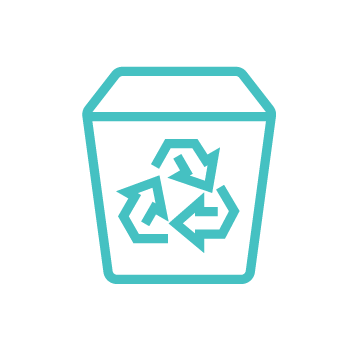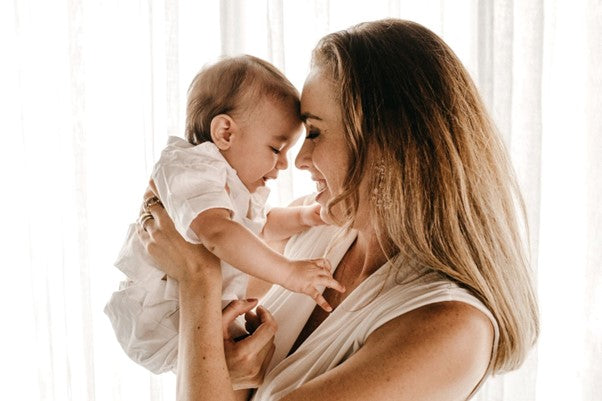
What you do makes a difference, and you have to decide what kind of difference you want to make.
- JANE GOODALL
Most of us who have babies at home use a lot of baby wipes. But what are those baby wipes actually made of and are baby wipes bad for the environment? Unfortunately, disposable baby wipes are harmful to the environment for a number of reasons. In this guide, we break down all things baby wipes and eco-friendly alternatives for your home.What Are Baby Wipes Made Of?
Disposable baby wipes are made up of the cloth itself and a cleansing solution that coats the cloth.The Cloth
The baby wipe cloth is usually made from cotton fibre, bamboo fibre, or non-woven fibre. Most commercial baby wipes are made from non-woven fibres, with polyester being the most common fibre used. Unfortunately, polyester and other non-woven baby wipes cannot effectively biodegrade due to their petrochemical content. They also often contain pesticides and toxic fertilisers that make them harmful to the environment. As it currently stands, brands don't have to disclose the exact materials used to create their baby wipes. Brands may opt for phrases such as "99% Water," " World's Purest," or "Simply Water.'' But, in reality, the cloth used within the wipe is usually made from at least 70% polyester. The most eco-friendly fibre for disposable baby wipes is bamboo fibre. It's a sustainable fibre that doesn't contain any harsh chemicals, and it's also biodegradable. So, when it comes to disposable wipes, bamboo or organic cotton varieties are your most sustainable options.The Cleansing Solution
The cleansing solution is what makes the disposable baby wipe stay moist. The cleansing solution will generally be comprised of the following ingredients: Surfactants These are detergents or cleaning agents, such as Cocamidopropyl betaine and ceteareth-25, that do the bulk of the cleaning work. Water Water, and in some cases, aloe vera, makes up the majority of the cleansing solution. These ingredients ensure the wipes stay moist enough to effectively clean up the mess. Preservatives As the product is water-based, preservatives need to be added to ensure the wipes don't grow mould or bacteria. You'll likely see preservatives such as methylisothiazolinone, parabens, potassium sorbate, sodium benzoate, and phenoxyethanol on the ingredients list. Even though all baby wipes require preservatives, some are better than others. Emulsifiers These chemicals help the oil-based ingredients mix effectively with the water-based ingredients. Your run-of-the-mill disposable baby wipes will likely include PEGs or polyethylene glycols Humectants Humectants help make sure that the wipes are moist. These can also assist in keeping the skin hydrated. Examples of humectants include glycerin and glycol, silicones, lanolin, and mineral oils. When you opt for natural wipes, you'll notice they use coconut and jojoba oils instead. Perfume This gives the products a pleasant fragrance. Stabilisers Stabilisers ensure the pH levels are correctly balanced. This ensures the formula isn't too alkaline or acidic, which may irritate the baby's skin. Stabilisers include malic acid, sodium citrate, citric acid, oat extracts, and aloe vera.Can You Flush Baby Wipes?
While you may have heard flushing baby wipes is no big deal, this is a common misconception. Flushing baby wipes can result in major plumbing problems, as our toilet systems are not equipped to dispose of them. Most non-flushable baby wipes actually gather with fat and grease in the wastewater system to create congealed masses that clog up our waterways. Water services are required to manually remove these masses to get things flowing properly again. So, by flushing baby wipes, you're at risk of causing blockages in your toilet which can lead to leaks, burst pipes, and other (expensive) plumbing problems down the line. Long story short — flushing baby wipes is a no-go unless they fall under the list of flushable products in Australia.
How Long Do Baby Wipes Take to Decompose?
Disposable baby wipes made from non-woven fibres, including polyester, can take up to a century or more to decompose. In the meantime, they clog up landfills and sewers, litter our beaches, and harm marine life. Unfortunately, the environmental impact of petrochemical-based disposable wipes is only set to increase, as the market for wet wipes is set to grow to more than $30 billion by 2024.Are Baby Wipes Bad For The Environment?
So, with this in mind, we come to the main event: are baby wipes bad for the environment? As mentioned, most commercial disposable baby wipes are made from harmful petrochemicals that leach toxins into our waterways and do not effectively biodegrade. These varieties are bad for our environment. However, reusable baby wipes are an eco-friendly and sustainable alternative. They're safer for your bub and for our planet, so everyone wins!Reusable Cloth Baby Wipes
Reusable cloth baby wipes are safe for you, your little one, and the environment. Fortunately, many reusable cloth baby wipes are made from non-toxic, hypoallergenic, and organic materials. This makes them gentler on sensitive skin which will help to prevent rashes, redness, and irritation. These materials are also often biodegradable or recyclable, so they won't end up in landfills or waterways at the end of their useful life. Generally, reusable cloth baby wipes are made from bamboo or organic cotton, both of which are planet-friendly and sustainable materials. The bonus? Reusable baby wipes will save you money in the long run. Instead of spending an average of $6 a fortnight on disposable wipes (that's over $1000 over four years), you'll be spending the same amount on a reusable wipe designed to last for years to come.Reusable Baby Wipes Brands: Australia
Below, we share some of our favourite reusable cloth baby wipes. These varieties can be used either wet or dry and are designed to be washed again and again.Nature's Child Reusable Baby Wipes
 These baby wipes feature supersoft brushed flannelette cotton on one side and absorbent terry towelling on the other. They can be used dry or wet and can be washed in the machine in warm or cold water. They are crafted from 100% Certified Organic Cotton. Contains 8 wipes.
These baby wipes feature supersoft brushed flannelette cotton on one side and absorbent terry towelling on the other. They can be used dry or wet and can be washed in the machine in warm or cold water. They are crafted from 100% Certified Organic Cotton. Contains 8 wipes.
Pea Pods Reusable Bamboo Nappy Wipes
 These nappy wipes are a reusable, sustainable alternative to single-use wipes. They're ultra-soft, antibacterial, and made from a grippy bamboo-mix material. Simply dampen to use, then throw them in the wash with your reusable nappies. These wipes are long-lasting and come in packs of 5. Includes reusable storage bag.
These nappy wipes are a reusable, sustainable alternative to single-use wipes. They're ultra-soft, antibacterial, and made from a grippy bamboo-mix material. Simply dampen to use, then throw them in the wash with your reusable nappies. These wipes are long-lasting and come in packs of 5. Includes reusable storage bag.
Baby Beehinds Organic Cotton Cloth Wipes
 Baby Beehinds 5 packs of cloth baby wipes are designed with a double-sided cloth for softness and practicality. One side features organic cotton terry for mess pick-up, while the other side features organic velour for smoothing and cleaning. These cloths are long-lasting and can be composted at the end of their useful life.
Baby Beehinds 5 packs of cloth baby wipes are designed with a double-sided cloth for softness and practicality. One side features organic cotton terry for mess pick-up, while the other side features organic velour for smoothing and cleaning. These cloths are long-lasting and can be composted at the end of their useful life.
 How to Wash Reusable Baby Wipes
How to Wash Reusable Baby Wipes
To wash your reusable baby wipes, follow these easy steps! Be sure to check the washing instructions on your specific reusable baby wipe product and follow any specific steps there, too. Step 1 Soak the cloth wipes in cold water. This can help to prevent staining or sticking, and ensure they wash effectively when you pop them in the machine. Step 2 Throw your wipes in the washing machine. You can absolutely add them in with a regular load, or wash them on their own. Step 3 Hang them out to dry with your regular washing load. Ideally, dry them under the full sun outside to ensure any stains bleach out properly.
Tips For Washing Reusable Baby Wipes
For those looking to really lean into eco-friendly living, there are a few things you can do to wash your reusable baby wipes in the most sustainable way.- Water Temperature – Soak your wipes in cold water instead of warm water. It's a more eco-friendly option, and you'll save on your electricity bill.
- Detergent – Avoid using traditional commercial detergents that leach toxic chemicals into our waterways. Opt for an eco-friendly detergent instead, or make your own detergent from natural ingredients. This way, you'll also limit the toxins and chemicals that come into contact with your child's sensitive skin.
- Drying Method – Instead of using the tumble dryer, dry the wipes on the clothesline. This is a more sustainable and energy-efficient method.
